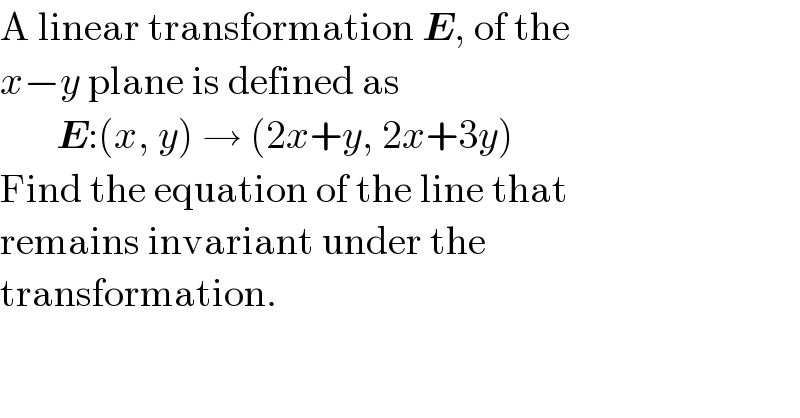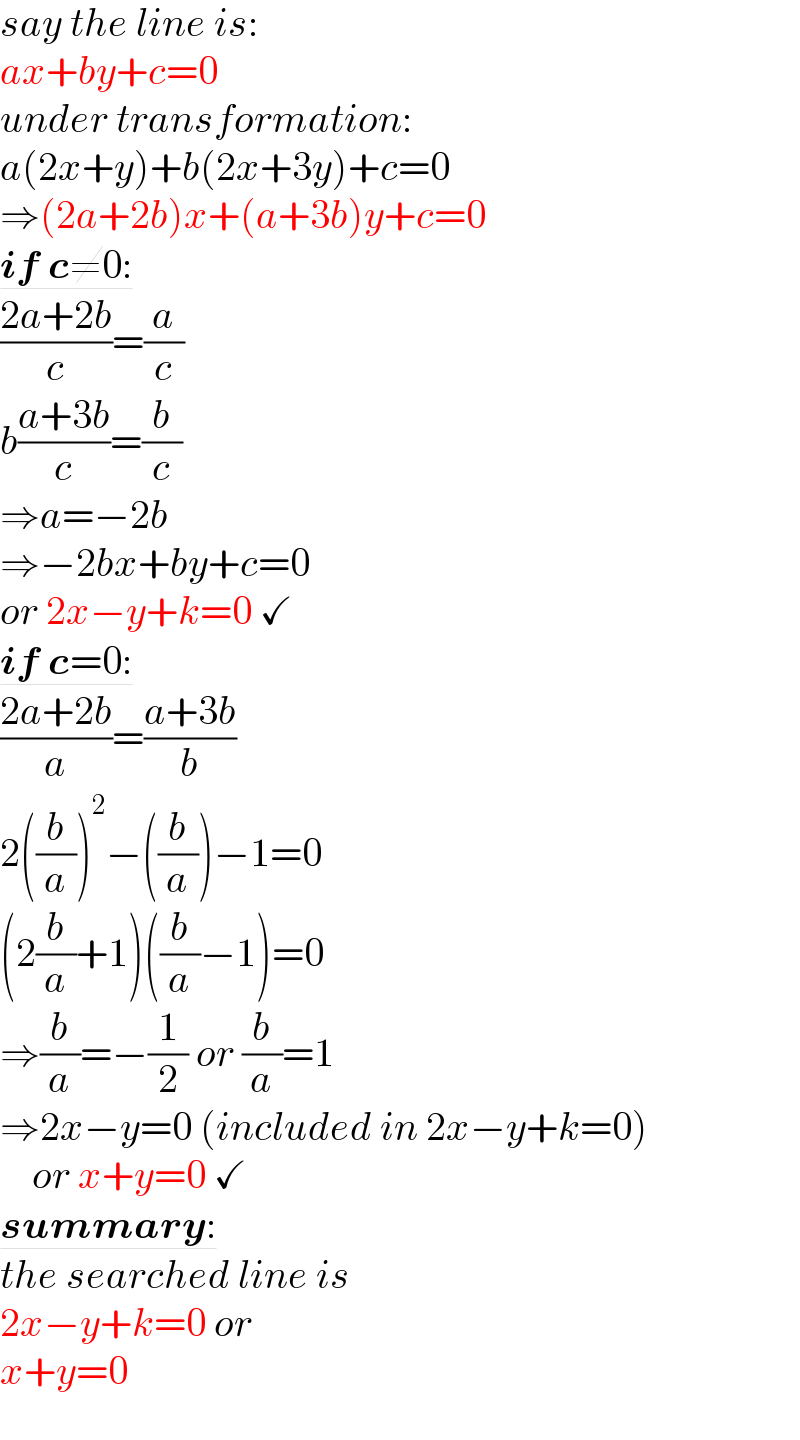Question Number 183965 by nadovic last updated on 01/Jan/23

Answered by mr W last updated on 01/Jan/23

Commented by nadovic last updated on 01/Jan/23

Commented by mr W last updated on 01/Jan/23

Commented by nadovic last updated on 01/Jan/23

